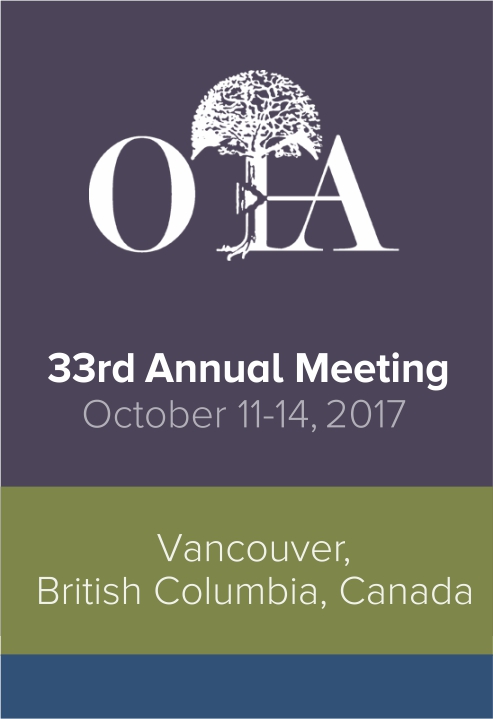
OTA2017: NMA of conservative and operative treatments for 3- to 4-part humeral fractures

OTA2017: NMA of conservative and operative treatments for 3- to 4-part humeral fractures
Comparison of Surgical and Nonsurgical Treatments for 3 and 4-Part Proximal Humerus Fractures in Patients Over 65 Years: A Network Meta-Analysis
CONFERENCE ACE REPORTS
This ACE Report is a summary of a conference presentation or abstract. The information provided has limited the ability to provide an accurate assessment of the risk of bias or the overall quality. Please interpret the results with caution as trials may be in progress and select results may have been presented.
Synopsis
Eight randomized controlled trials were included in this network meta-analysis comparing function, adverse events, and subsequent surgery rates between primary nonoperative treatment, open reduction and internal fixation (ORIF), hemiarthroplasty, and reverse total shoulder arthroplasty (TSA). The only significant difference observed in functional outcome favoured reverse TSA in comparison to hemia...
To view the full content, login to your account,
or start your 30-day FREE Trial today.
FREE TRIAL
LOGIN
Forgot Password?
Explore some of our unlocked ACE Reports below!

Learn about our AI Driven
High Impact Search Feature
Our AI driven High Impact metric calculates the impact an article will have by considering both the publishing journal and the content of the article itself. Built using the latest advances in natural language processing, OE High Impact predicts an article’s future number of citations better than impact factor alone.
Continue



 LOGIN
LOGIN

Join the Conversation
Please Login or Join to leave comments.